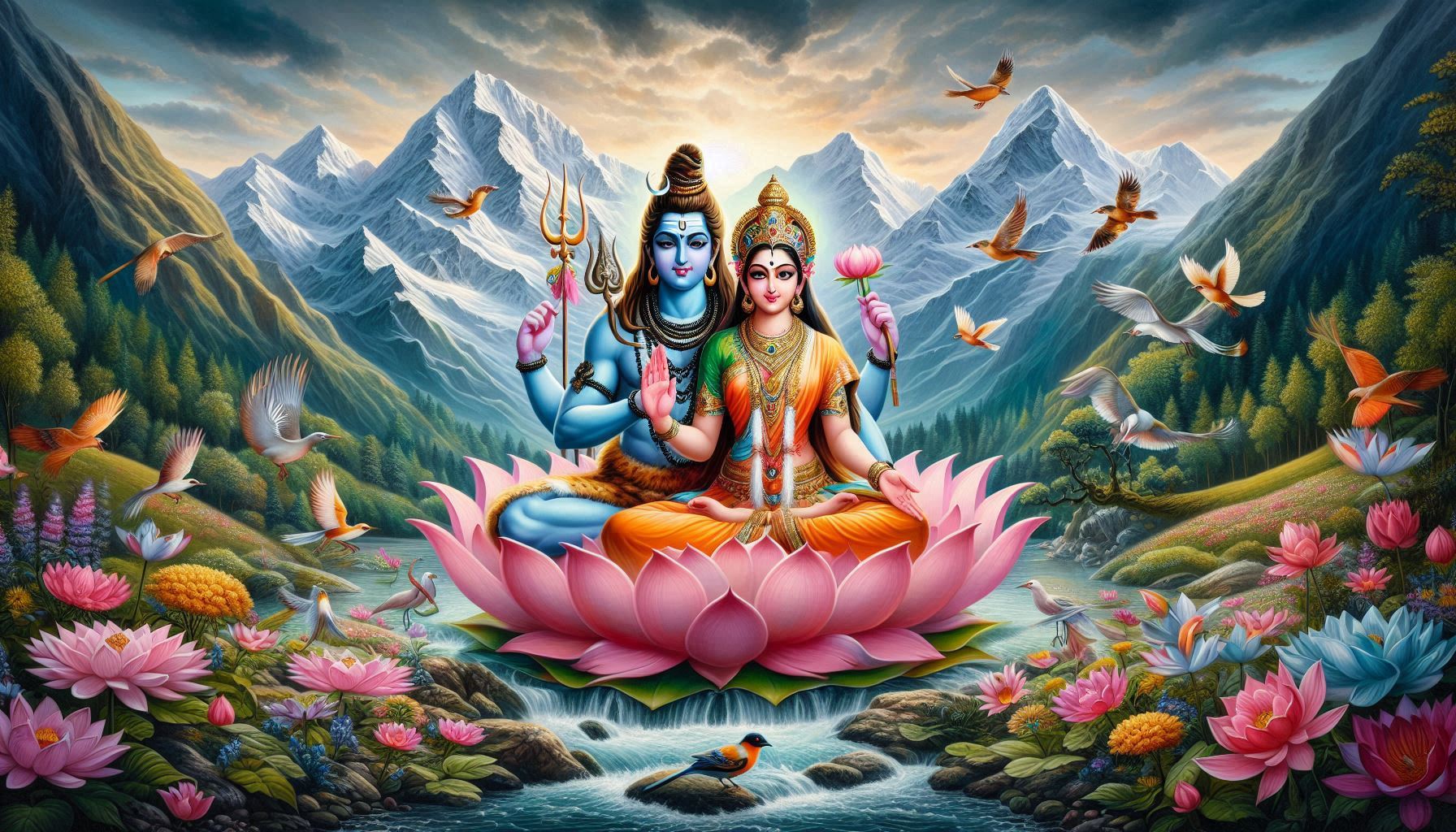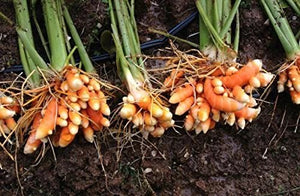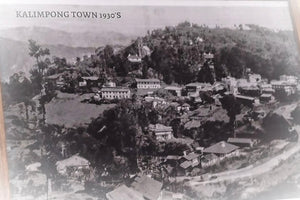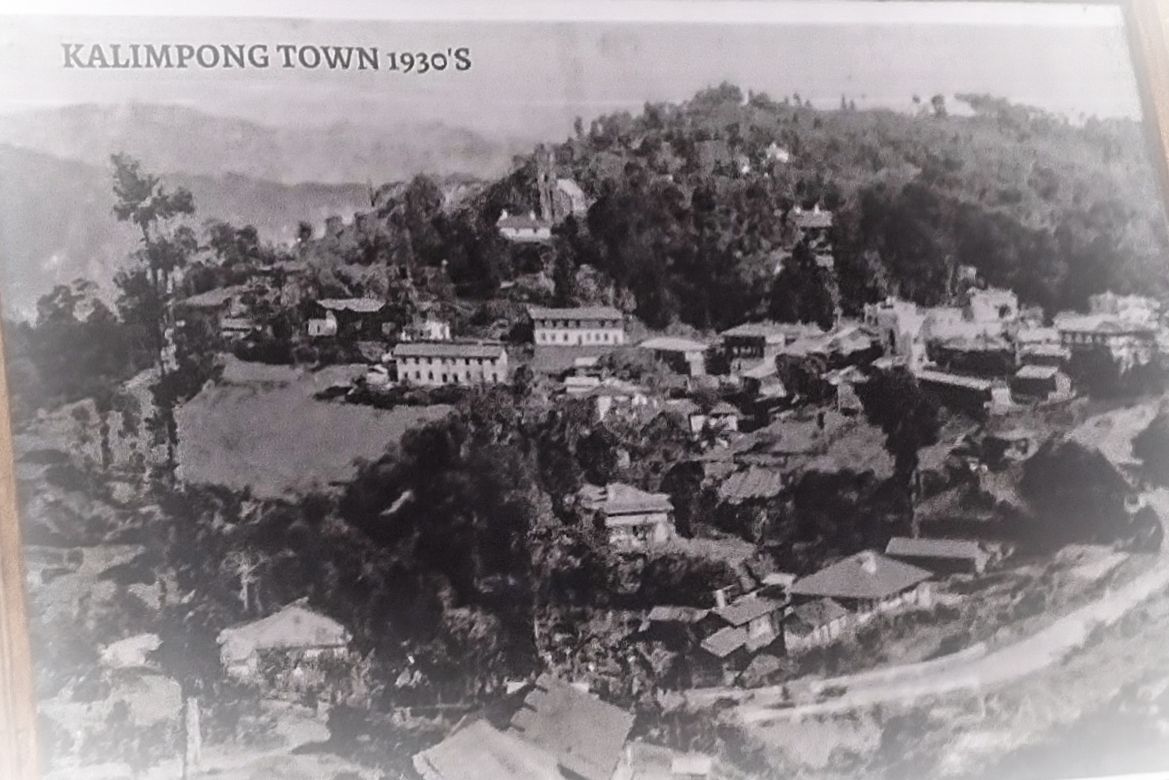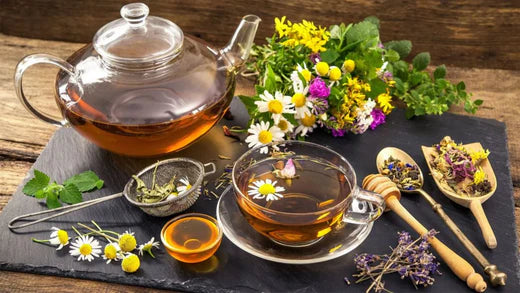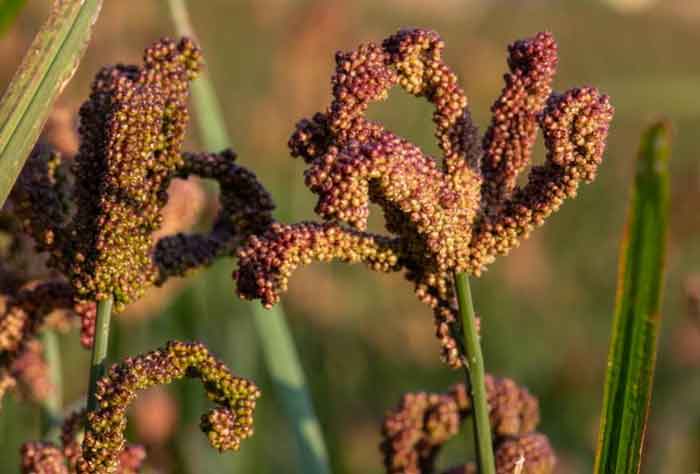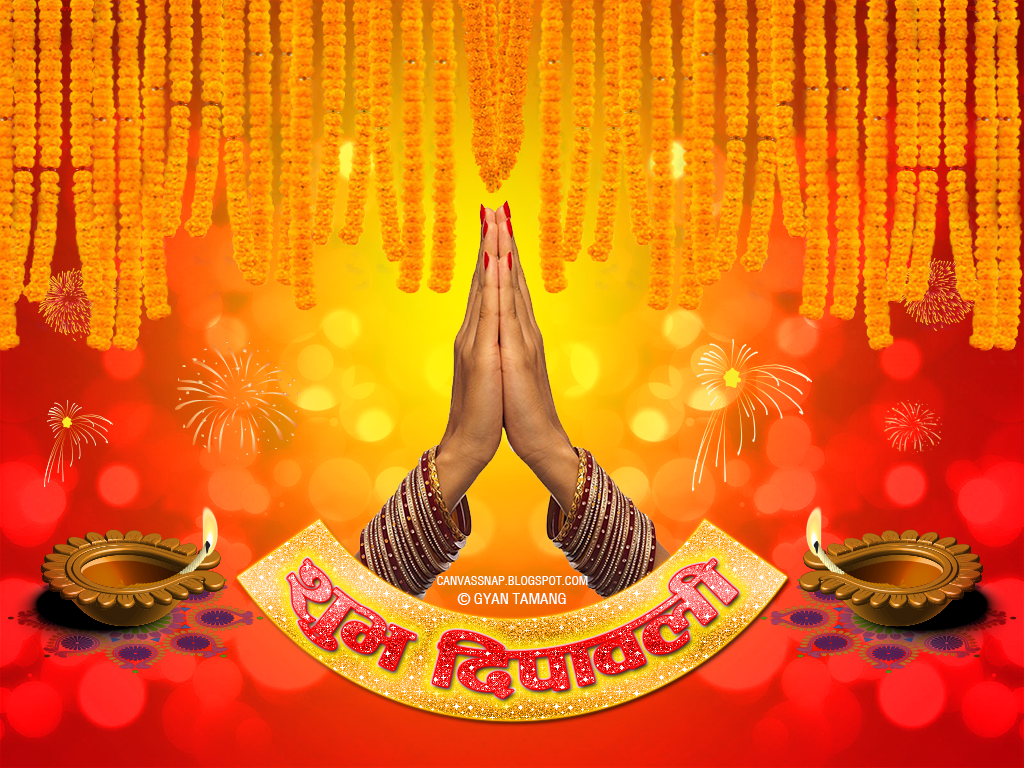Teej, one of the most vibrant and cherished festivals among Nepali women, is a celebration of devotion, marital happiness, and the well-being of loved ones. This festival, which typically falls around August, brings together women from the Nepali community in a joyous three-day celebration marked by fasting, singing, dancing, and prayer. Draped in beautiful red saris and adorned with traditional jewelry, women gather to honor the bond of marriage and express their hopes for a long, healthy life with their spouses.
The Essence of Teej
Teej is deeply rooted in Nepali culture and mythology. It is said to commemorate the union of Goddess Parvati and Lord Shiva, symbolizing love, dedication, and the triumph of devotion. The festival is not just about marital relationships; it is also about the purification of the body and soul, seeking blessings for family, and strengthening the bond with the divine.
For Nepali women, Teej is an opportunity to connect with their spirituality, express their devotion, and find strength in their shared experiences. The rituals of Teej are meant to cleanse the body and soul, paving the way for a life filled with love, health, and happiness.
The Story of Shiva and Parvati: The Origin of Haritalika Teej
The story of Haritalika Teej, the most significant form of Teej, revolves around the devotion and determination of Goddess Parvati and her desire to marry Lord Shiva. According to legend, Parvati was born as the daughter of King Himavat. From a young age, she was deeply devoted to Lord Shiva and wished to have him as her husband. However, her father, King Himavat, had different plans and wanted her to marry Lord Vishnu.
Determined to win Shiva's heart, Parvati performed severe penance and austerities in the dense forests. She meditated for many years, enduring harsh conditions, without food and water, to prove her love and devotion to Shiva. Pleased with her dedication, Lord Shiva finally appeared before her and agreed to marry her.
When King Himavat learned of Parvati's resolve, he was furious and planned to marry her off to Lord Vishnu against her wishes. However, Parvati’s friends intervened and helped her escape to a forest, hiding her from her father’s plans. This act of her friends hiding Parvati gave the festival its name—'Haritalika' (a combination of 'Harit' meaning 'abducted' and 'Aalika' meaning 'friend').
During this time, Parvati continued her penance with even greater dedication. Moved by her unwavering devotion, Lord Shiva appeared once more and accepted her as his wife. This union of Shiva and Parvati symbolizes the victory of true love, dedication, and faith. The festival of Haritalika Teej thus celebrates Parvati’s determination, her devotion to Lord Shiva, and the power of unwavering faith.
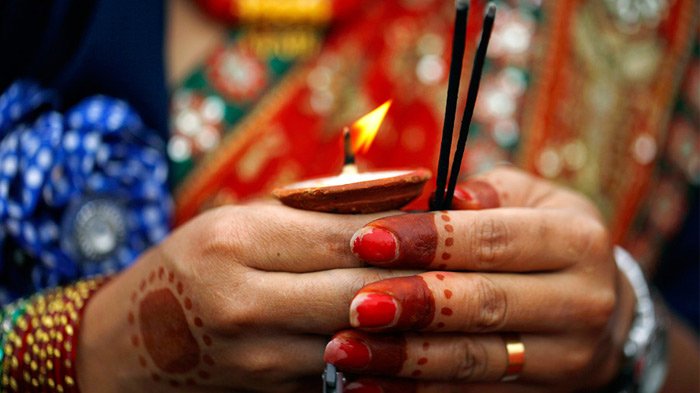
The Three Days of Teej
-
Dar Khane Din: The first day of Teej, known as Dar Khane Din, is all about feasting and preparation. On this day, women gather with their families and friends to enjoy a lavish meal. This day is filled with laughter, music, and dance, creating a joyful atmosphere that sets the tone for the days to come. The feast is also a way for women to prepare their bodies for the upcoming fast.
-
Fasting Day: The second day is the main day of Teej, dedicated to strict fasting and prayer. Women, both married and unmarried, observe a rigorous fast, often without water, to pray for the well-being and longevity of their husbands or future spouses. Dressed in red saris, red tika, and traditional jewelry, they visit temples, especially those dedicated to Lord Shiva, to offer prayers and participate in rituals. The vibrant red attire symbolizes love and passion, reflecting the deep emotions associated with the festival.
-
Rishi Panchami: The third day of Teej is known as Rishi Panchami, which is dedicated to cleansing and purification. On this day, women perform a special ritual bath and offer prayers to the Saptarishi (seven sages) to seek forgiveness for any sins committed knowingly or unknowingly. This day emphasizes the importance of purity and self-reflection, bringing the festival to a spiritual close.
The Cultural Significance of Teej
Teej is not just a festival; it is a celebration of womanhood, resilience, and the enduring spirit of Nepali women. The songs and dances performed during Teej often reflect the joys, struggles, and aspirations of women, creating a sense of solidarity and shared experience. It is a time when women come together to support each other, celebrate their culture, and pass on traditions to the younger generation.
In places like Kalimpong, Darjeeling, and Sikkim, Teej holds a special place in the hearts of the Nepali community. The festival is celebrated with great enthusiasm, reflecting the rich cultural heritage of the region. The streets come alive with the sounds of traditional Teej songs, and the sight of women in red saris creates a mesmerizing scene of unity and joy.
Teej and Himalimart
While celebrating Teej, women can also enjoy traditional Nepali snacks and sweets available at Himalimart, a platform dedicated to bringing the taste of the Himalayas to your doorstep. From delicious homemade sweets to other festive treats, Himalimart offers a range of products that enhance the Teej experience. Whether you are in Kalimpong, Darjeeling, or any other part of India, you can enjoy the authentic flavors of Nepali culture through Himalimart’s offerings.
For those looking to embrace the traditional Teej attire, check out the beautiful sarees from Himalimart. You can choose from the elegant Poly Georgette Dhaka Saree or the stunning Poly Crepe Dhaka Saree. Both saris are perfect for Teej celebrations, capturing the vibrant spirit of the festival and adding a touch of Nepali heritage to your wardrobe.
Embracing Teej with Pride
Teej is more than just a festival; it is a testament to the strength, devotion, and spirit of Nepali women. It is a time to celebrate love, faith, and the bonds that hold families together. As women dance in their beautiful red saris and sing songs of devotion, they not only honor their traditions but also inspire future generations to embrace and cherish their cultural heritage.
As Teej approaches, let us celebrate with joy, devotion, and pride, honoring the values and traditions that make this festival so special. Whether you are observing the fast, participating in the rituals, or simply enjoying the festive atmosphere, Teej is a beautiful reminder of the power of faith, love, and community in our lives.
